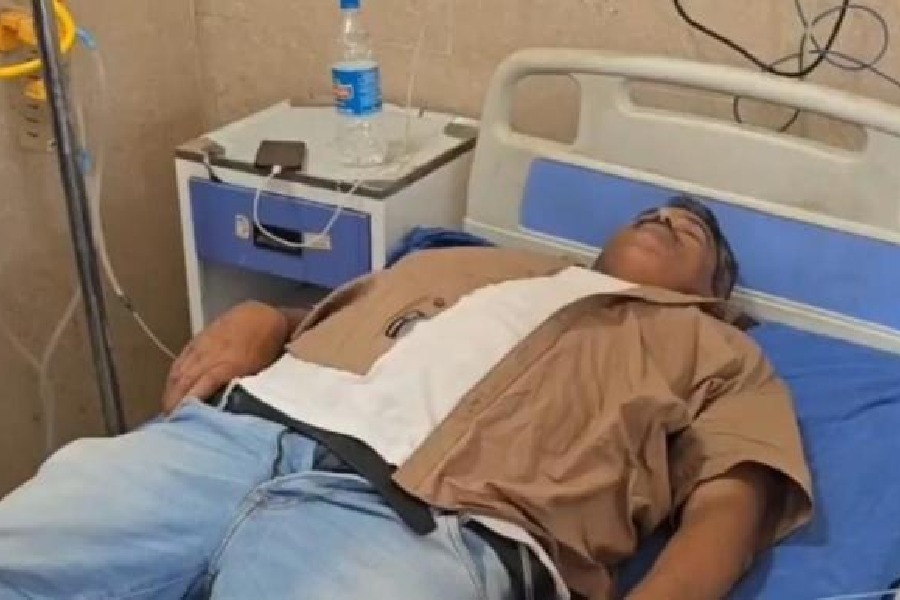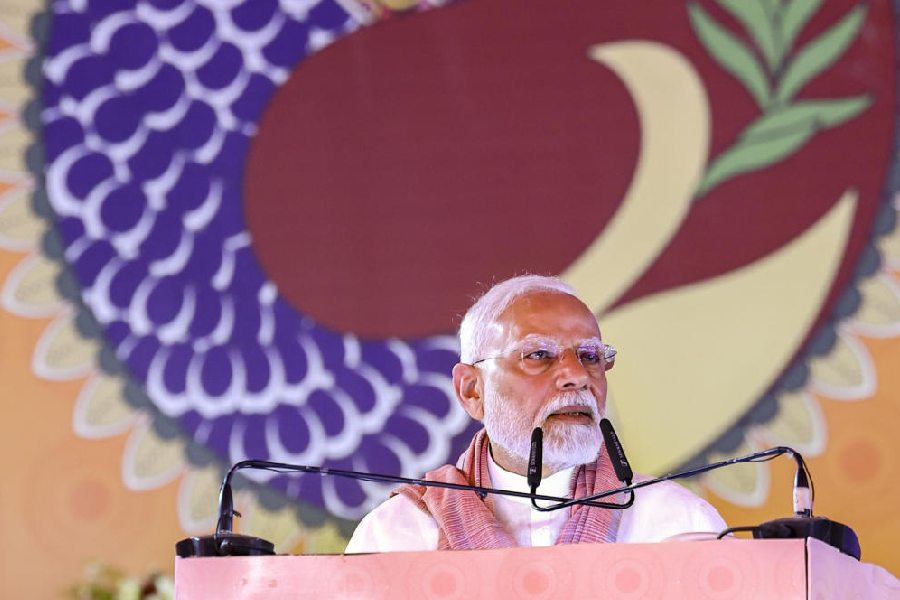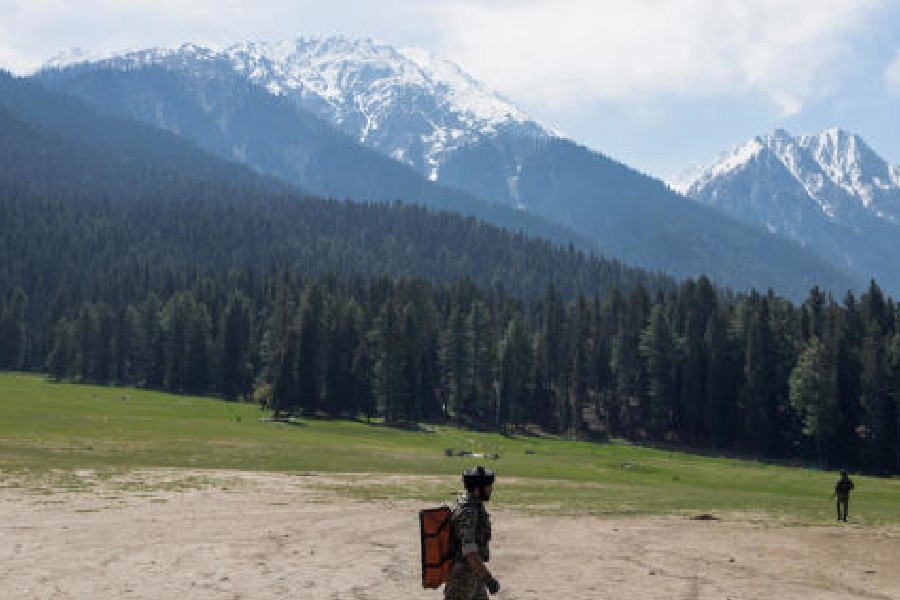New Delhi, April 22: Historians said the findings of studies on northern Indian Muslims seem to corroborate views that they are descendants of local populations who converted.
“We don’t need DNA evidence for this,” said Zoya Hasan, professor of history at Jawaharlal Nehru University. “It should be obvious — the numbers (of Indian Muslims) are so large that migrations cannot account for them,” Hasan told The Telegraph.
Scientists in India, Spain and the US have suggested in studies that Shias and Sunnis in Uttar Pradesh are mostly descendants of converts.
The Shias have some elements of paternal foreign ancestry, presumably through males who arrived in India and married women who converted, they said.
Some historians have cautioned that DNA is unlikely to serve as a peephole into the complex social and cultural history of India’s populations. “DNA will never tell you at what point of time religion changed,” said Shireen Moosvi, a historian at Aligarh Muslim University.
The historians also pointed out that Islam entered India at different times in different ways. “Conversions in India cannot be explained on the ba-sis of marriages alone,” said Arjun Dev of Delhi University.
The historians agreed that Islamic settlements in India emerged through several campaigns — an Arab military invasion in 711 AD, the Ghazni raids during the 11th century, the slave dynasty in the 13th century and the arrival of the Mughals.
Scientists have previously tried to use genetic data to unravel links between different populations within India and outside.
“This study appears to prove through DNA what is generally known,” said Lalji Singh, the director of the Centre for Cellular and Molecular Biology, Hyderabad, who had two years ago shown that the Andaman tribes are descendants of early Africans.










